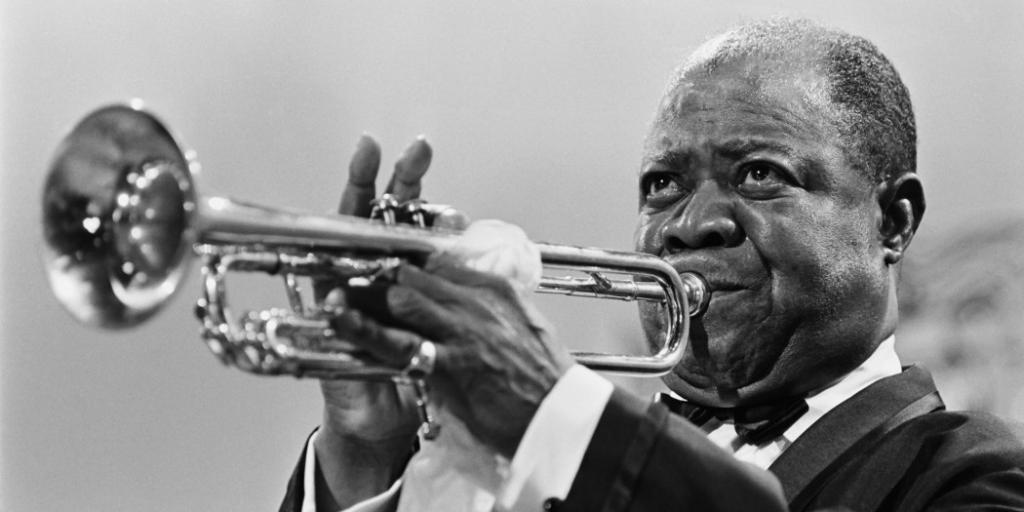C.C. Rider spends her life venerating the founding fathers of the blues. She’s walked the crooked highways of this singing country to resurrect the voices of the past. With the dirt of the Delta on her hands, she sleeps in the shadow of the giants on whose shoulders popular music now stands.
Chicago, 1928. Louis Armstrong was 26 when he walked into the studio with his band, the Hot Five. The young Armstrong had been playing and recording for a few years, and this session didn’t seem like it would be any different. The band would wax a few tracks and that’d be it.
Not this time. Louis had a particular song in mind. Written and recorded originally by his mentor, the man who’d really taught him to play, cornet player and bandleader Joe “King” Oliver. The song? “West End Blues.” King Oliver’s version is great, but what Louis Armstrong did with that song changed history. Satchmo took “West End Blues” and blew it out of the water.
Armstrong’s vocal section is one of the earliest examples of scat singing. And of course there’s his trumpet. Technical devastation only matched by sheer beauty and emotionality. Its opening cadenza—a 15-second trumpet solo—is one of the most influential and inimitable solos in Jazz history.
Suddenly, jazz wasn’t just dance hall entertainment or garden-variety folk music anymore. Now jazz could be considered the highest form of artistic expression.



